My aunt from Toronto, whom I haven’t seen since I was fifteen, is back in China for the week. I’ve been helping her clear out my uncle’s old family apartment in Hongqiao.
The last time I saw my aunt, I was still in high school in Pittsburgh.
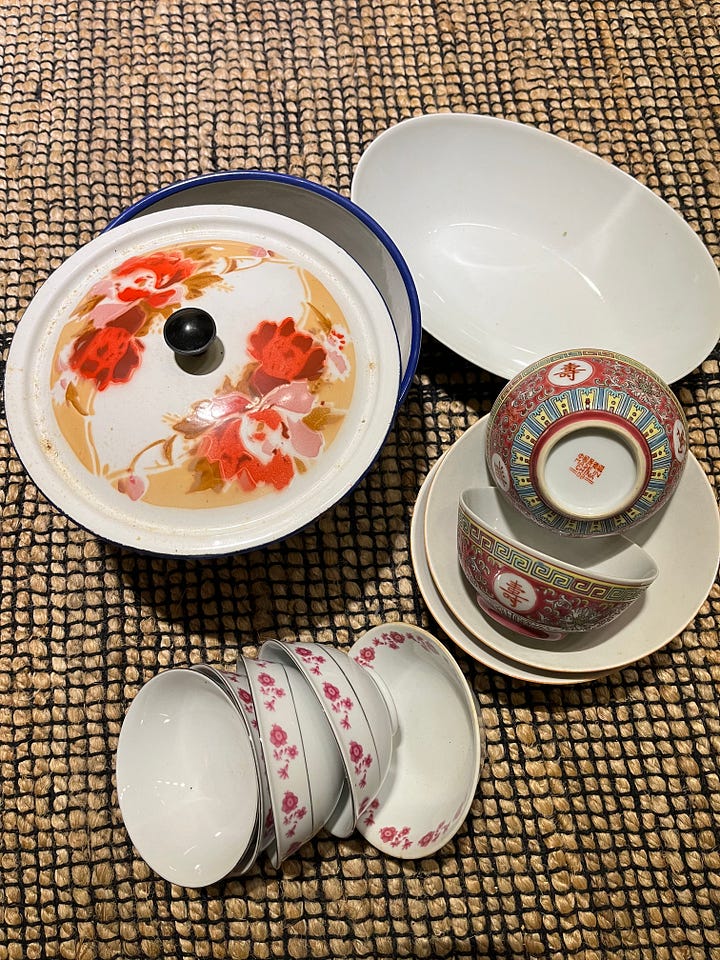

She used to live with us in Detroit when she was in nursing school. As my mom’s younger sister, she was indulgent and warm where my mom was strong and unyielding, and when I escaped to her room, seething because of some injustice, she would laugh and calmly iron her scrubs. She wore soft sweaters and sweet perfume and folded origami with great dexterity, and the only remnants of her past in China were a scar on her wrist and a friend called Tiger that I met twice, both equally mysterious and inexplicable in origin.
My aunt married a gentle Shanghainese man and they moved to Toronto and had two children, and somehow thirteen years have passed and we are both in Shanghai, eating oranges at an interior design event and sifting through the dust and detritus of her parent-in-laws’ abandoned apartment, which she plans to renovate.
When I was younger, I dreaded the obligatory Lunar New Year greetings around this time of year. It was awkward and always made me realize just how much distance there was between me and my relatives, both physically and culturally, and the difference between their celebration and my lack of one.
This week, as if on cue, all of my relatives begin messaging me, asking where I am. They’ve heard through the grapevine that I live in Shanghai. They send me tentative texts in English, and when I respond in Chinese and we start chatting away I can sense a tangible relief, an immediate shift in the ease and speed of their responses, as if the green text thread that we existed in my entire life has suddenly turned blue. My aunt sends long audio messages, stacks of rectangles that I tap and hold to my ear. Will you be coming back to Harbin for the holidays? she asks.
Buddha Jumps Over the Wall 佛跳墙
I developed this dish for Carrot and Cleaver, a vegan restaurant in Shanghai by MissGreen, for their take-home Chinese New Year set. The traditional dish is a soup with expensive ingredients: abalone, sea cucumber, chicken feet, fish maw, dried scallops, deer sinew, and other delicacies, stewed in a multiple-day broth with pork trotters, ham hocks, and chicken.
In the vegan version, I utilize morels and other mushrooms for the same textures and connotation of rarity, luxury and value. The tricky part is achieving the same texture and flavor for the vegan gaotang or “superior stock.”
Originally, the name of this Fujian dish was 福寿全, full longevity and blessings, which in the Fujianese dialect sounded similar to 佛跳墙, Buddha jumping over the wall. Allegedly, the dish smelled so fragrant that a monk meditating in the monastery next door jumped over the wall, breaking his fast of vegetarianism just to eat this dish. The name and the story stuck.
坛起荤香飘四邻
佛闻弃禅跳墙来
What vegan stocks are often missing is fat and body. It’s a roundness on the tongue that you get from gelatinous, fatty cuts of meat, a velvet silkiness that you can hold in your mouth.
I take inspiration from a roux and toast glutinous flour, whisking it with toasted sesame oil, to add viscosity, fat, and aroma to the broth. This is a technique I used in the Pea shoots in silky soup recipe in The Vegan Chinese Kitchen.
You can use vegetable stock, but I use a cold-steeped kombu and mushroom dashi (recipe below), which lends a clear, pure savoriness (and doesn’t require hours of cooking).
Pumpkin or squash purée adds sweetness, body, and color, and I use Puning doujiang, which my friend Jamie introduced to me, for a chicken-like savoriness. If you can’t find it, substitute a spoonful of miso paste.
Note: If you use wheat flour, the aroma will be richer and nuttier due to the higher protein, but glutinous rice flour works equally well to create a velvety mouthfeel, and makes for a gluten-free roux.
Recipe:
Serves 2-3
For the 金汤 golden broth:
2 tablespoons (15 grams) glutinous rice flour or wheat flour
1 tablespoon toasted sesame oil
2 ½ cups (600 mL) vegetable stock, or kombu dashi (see recipe below)
1 tablespoon Puning douban bean paste, or 1 tablespoon light miso paste
2 tablespoons pumpkin or squash purée
½ teaspoon kosher salt, plus more if needed
Fresh mushrooms and vegetables of choice:
5 ounces (140 grams) fresh mushrooms, like morels, matsutake, white or brown beech mushrooms, king oyster mushrooms, morels, shiitake mushrooms, cordyceps mushroom
1 cup (2.5 ounce, 100 grams) rehydrated or fresh golden fungus, snow/silver ear fungus, or Chinese wood ear, stemmed and torn into bite sized pieces
2 ounces (56 grams) Chinese yam, potato, or taro, peeled and cut into ¼ inch slices
2 ounces (56 grams) dried tofu skin, soaked overnight in water to rehydrate, or fried tofu puffs— something meaty to soak up that lovely broth
3 ounces (85 grams) vegetables of choice, like broccoli, bok choy, or Napa cabbage
Make the roux:
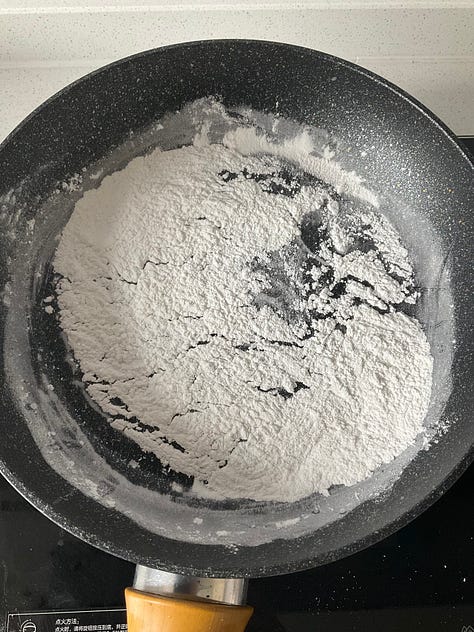


In a dry, heavy bottomed medium o ot, add the glutinous rice over low heat. Toast, stirring continuously with a rubber spatula, until the flour is golden and fragrant, about 3-5 minutes. Keep an eye on the flour, it will go from pale to dark in a matter of a minute. Switch off the heat and add the sesame oil, stirring until smooth.
Add the stock and raise the heat to medium. The soup will look curdled at first, but continue stirring from the bottom and it will come together. Bring the mixture to a gentle boil and, using a ladle, skim off any foam that rises to the top. Add the pumpkin purée, and season with the bean paste or miso paste. Add salt to taste
Strain the broth through a mesh colander (this is optional, but results in a smoother mouthfeel).


Return the heavy-bottomed pot to the stove, or prepare a clay pot. Arrange the Chinese yam or potatoes on the bottom of the pot, then add the various mushrooms and the tofu skin. Add 2 ½ cups of the broth (reserve the rest for a later use) and bring to a gentle simmer over medium-low heat. Cover and simmer for 3 minutes, until the mushrooms are cooked through. Add the broccoli or other leafy vegetable and cover again, simmering until the vegetables are tender and vibrant green. Taste and add more salt if necessary. Ladle into individual bowls and serve.


Overnight kombu and mushroom stock:
½ ounce/14 grams kombu, about 4 × 6 inches
5 small dried Chinese mushrooms
5 cups water (1200L)
In a medium bowl or glass jar, soak the kombu and mushrooms in 5 cups (1200 ml) cool water for 4 to 6 hours at room temperature or overnight in the refrigerator. After soaking, remove the kombu and mushrooms and store the liquid in the fridge in an airtight container, where it will keep for up to 1 week.

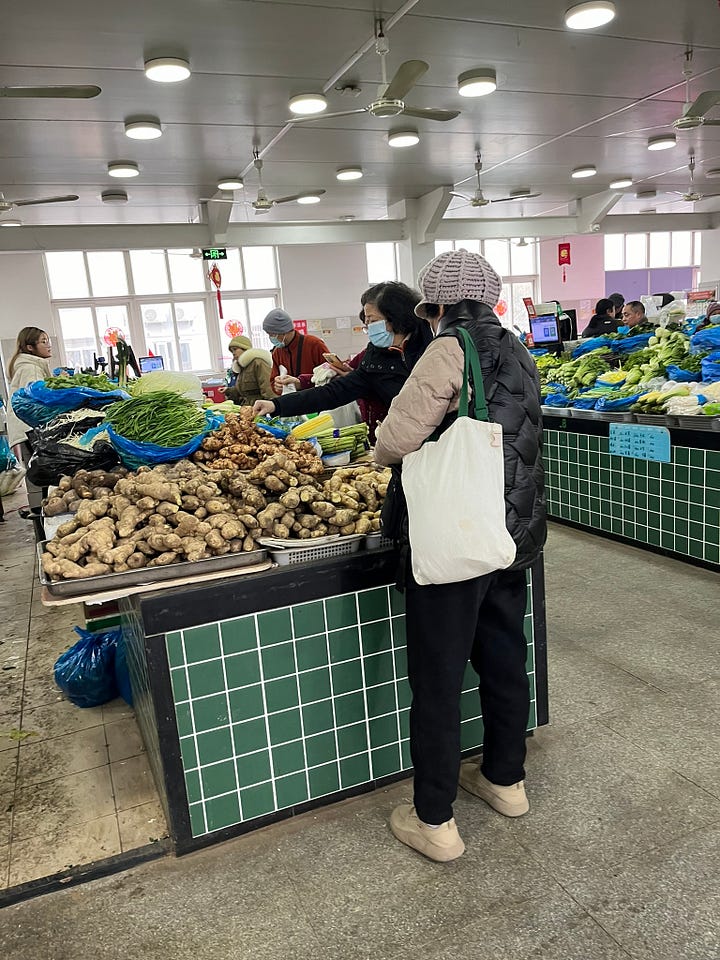





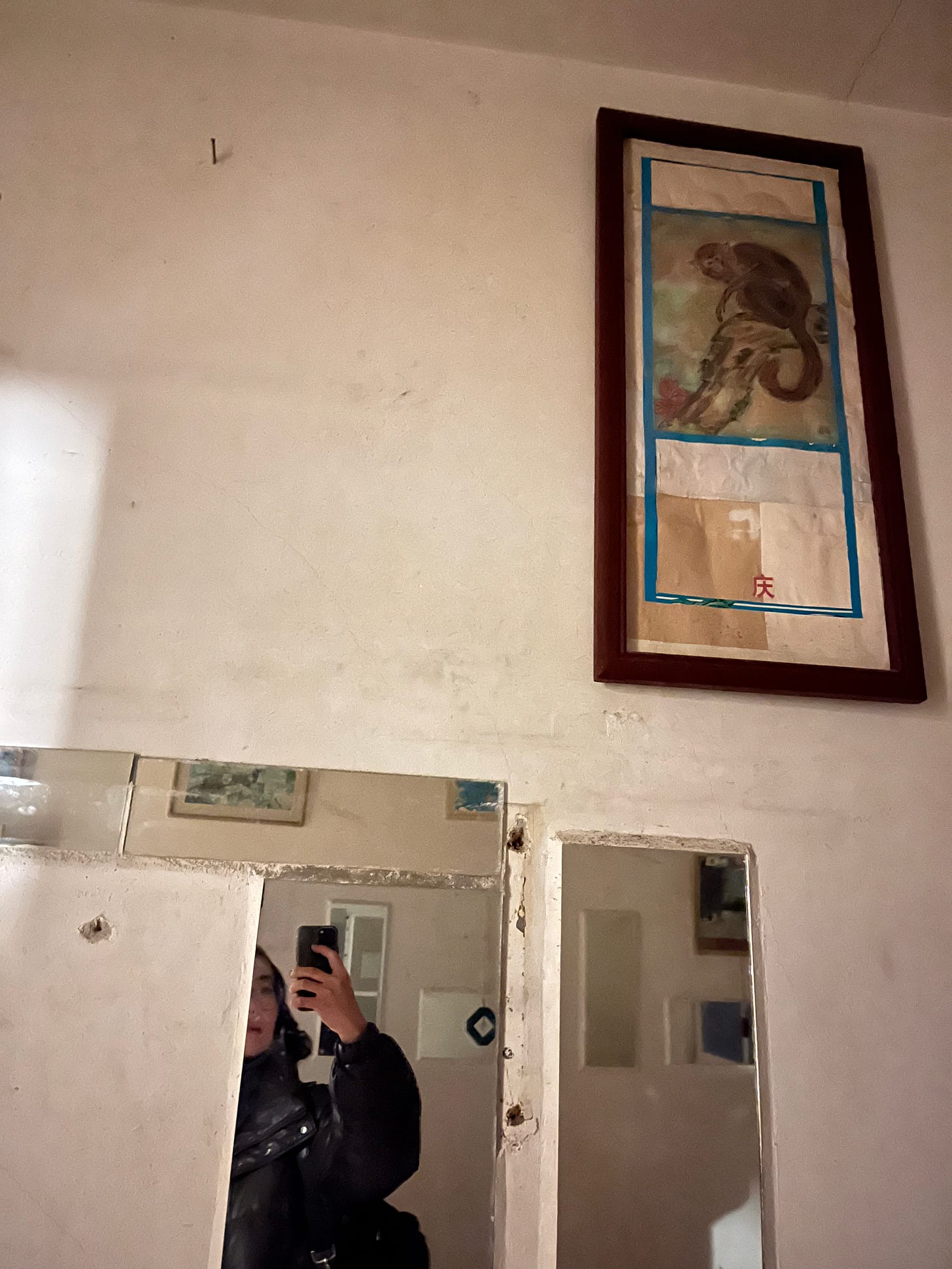


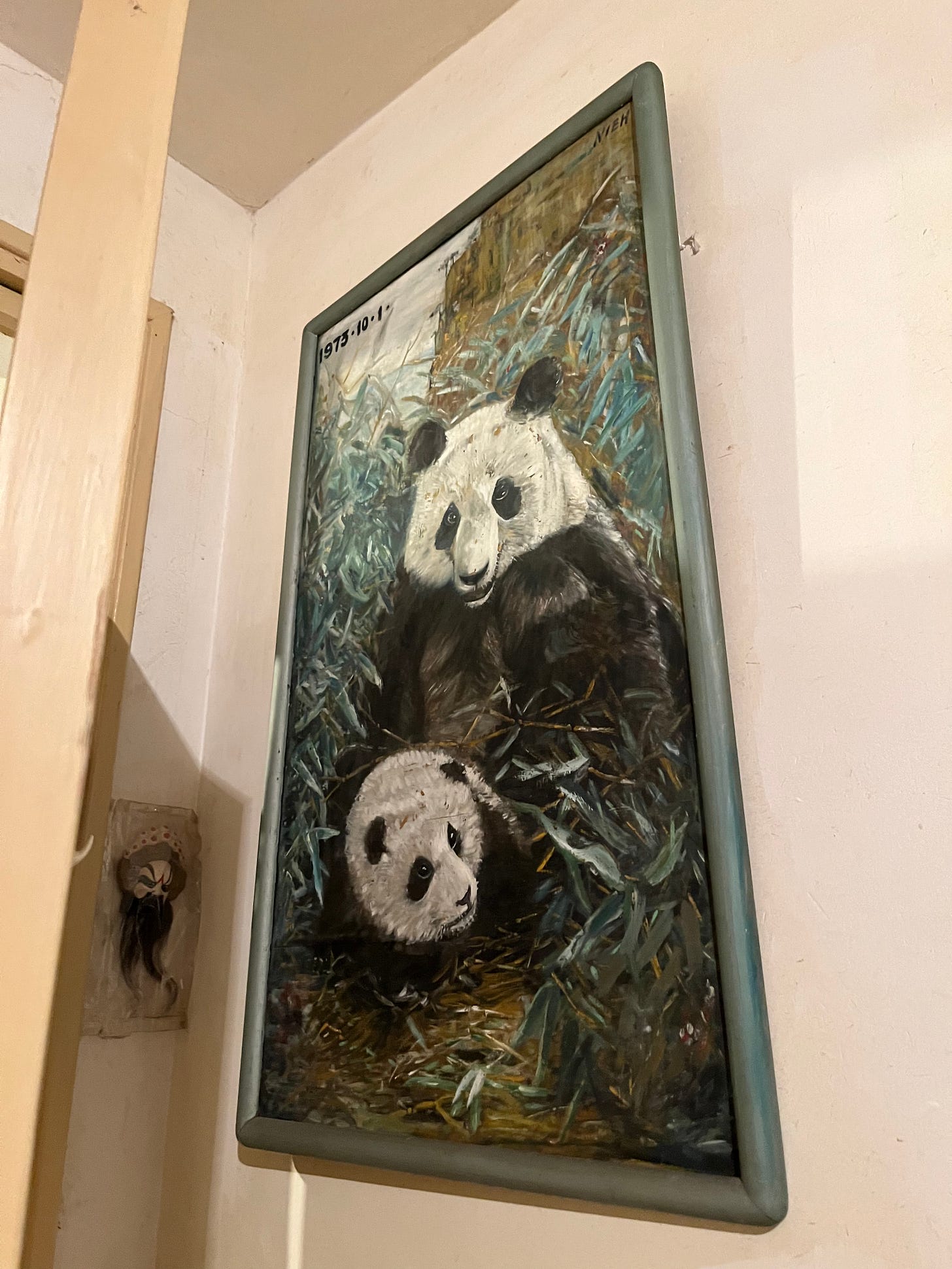
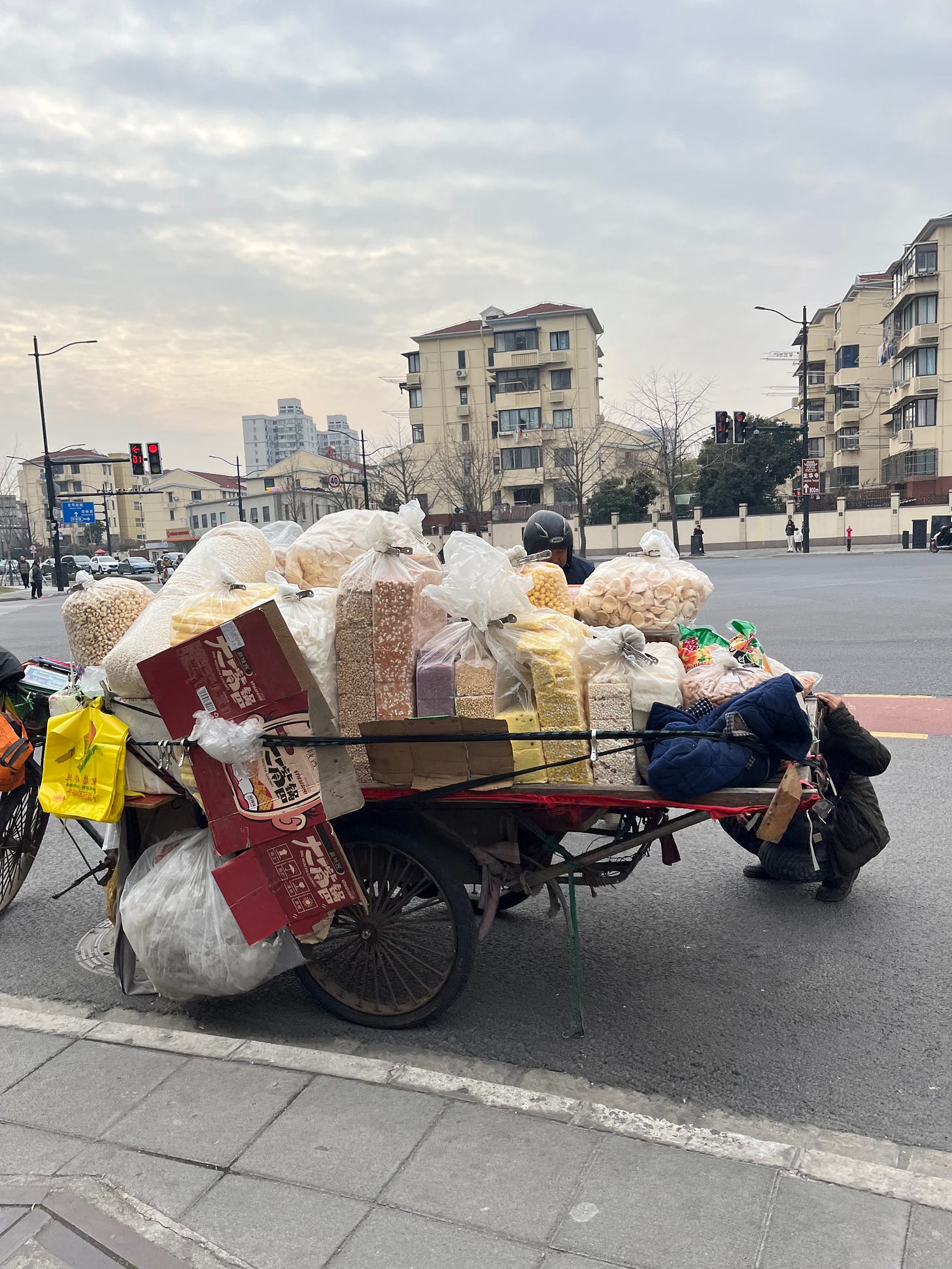

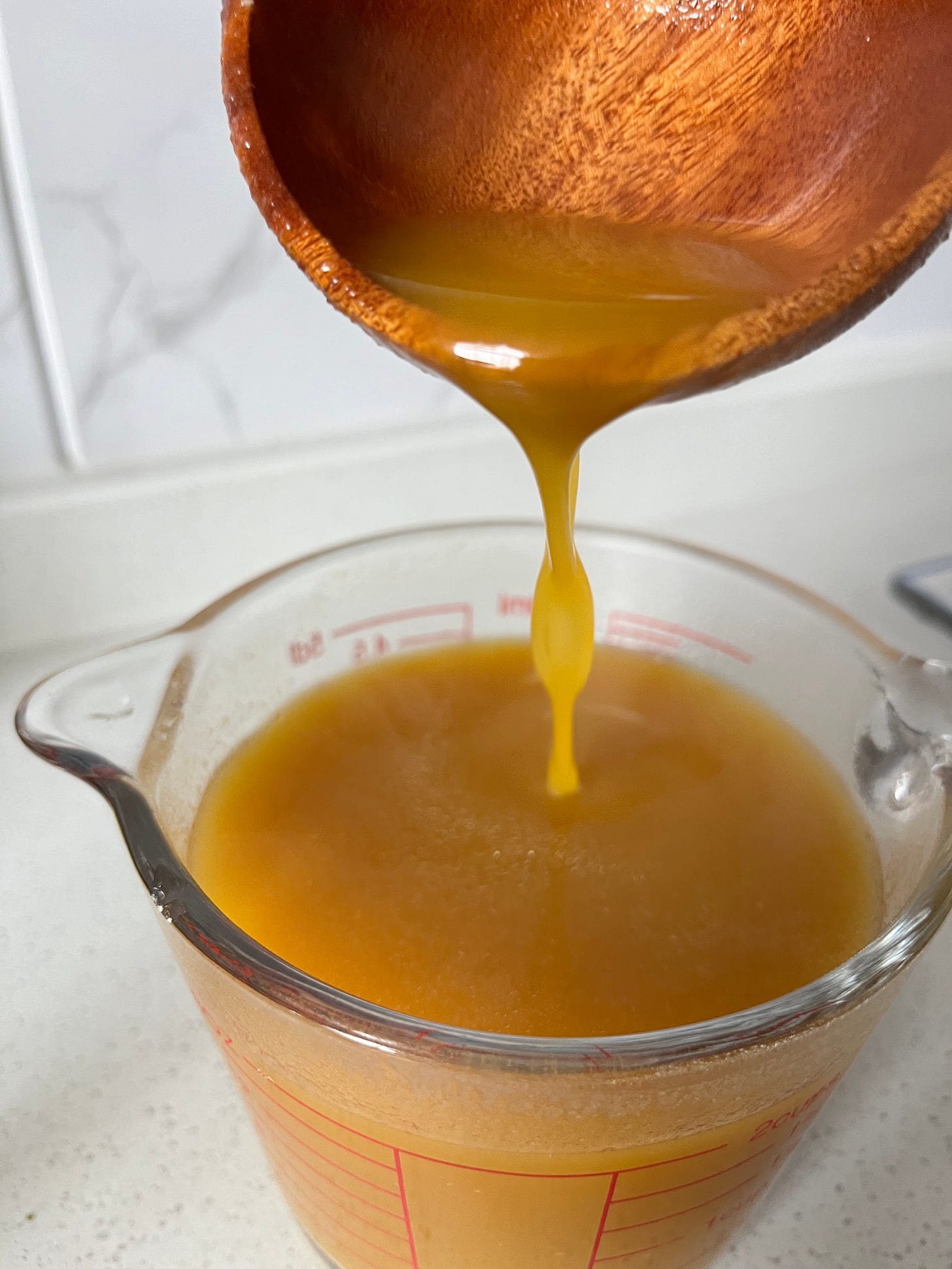



This is brilliant. Love the way you add thickeners and umami to the vegan broth